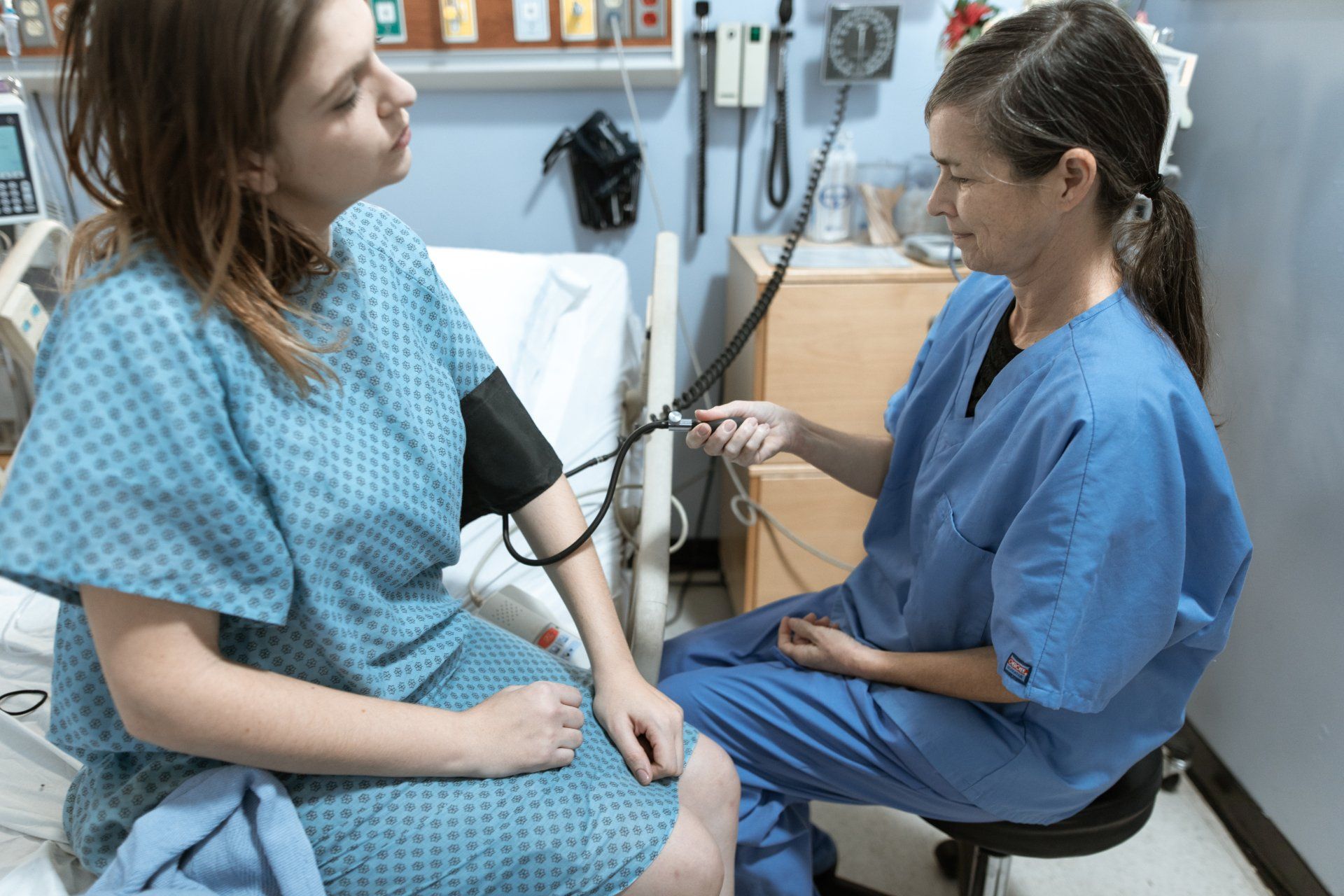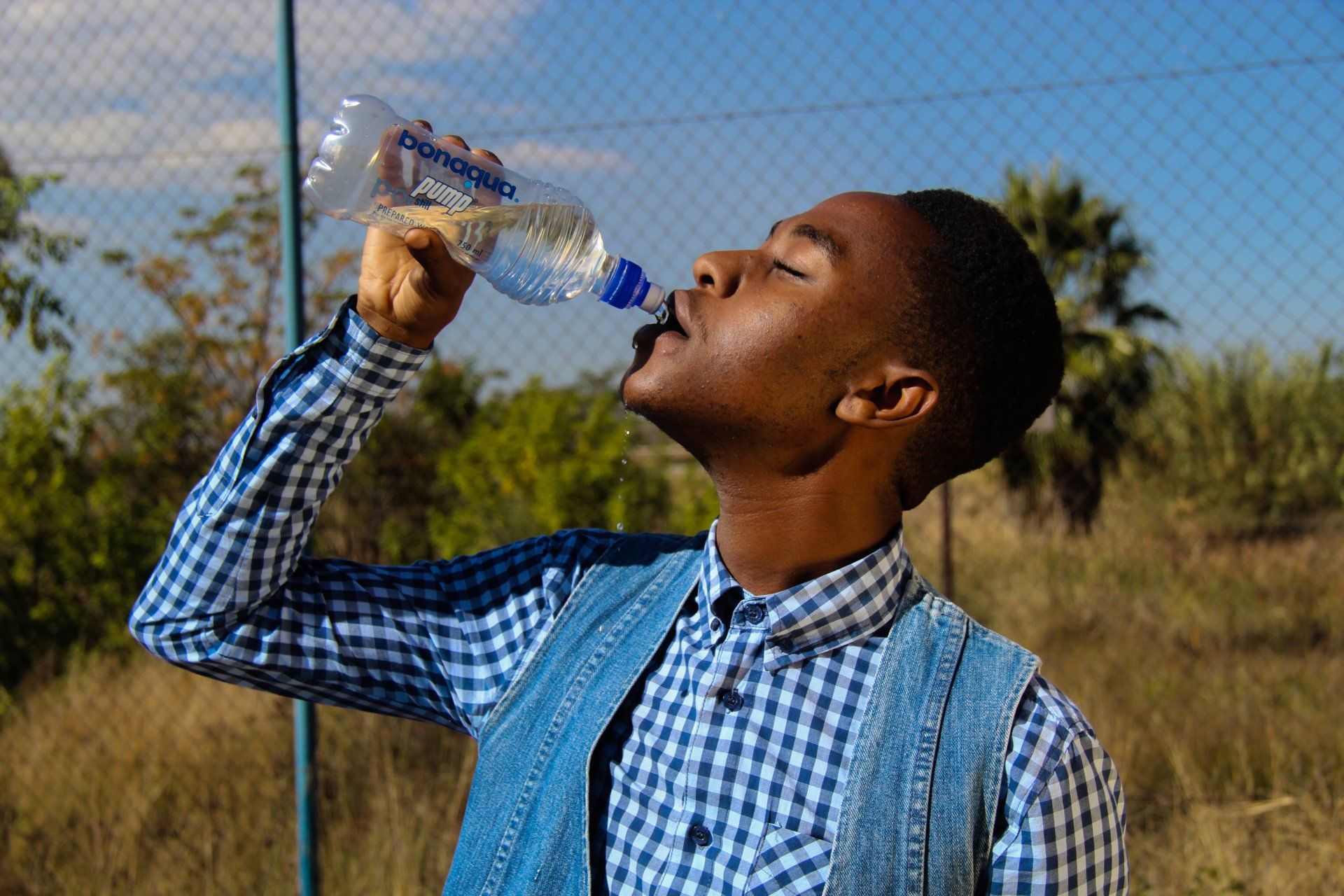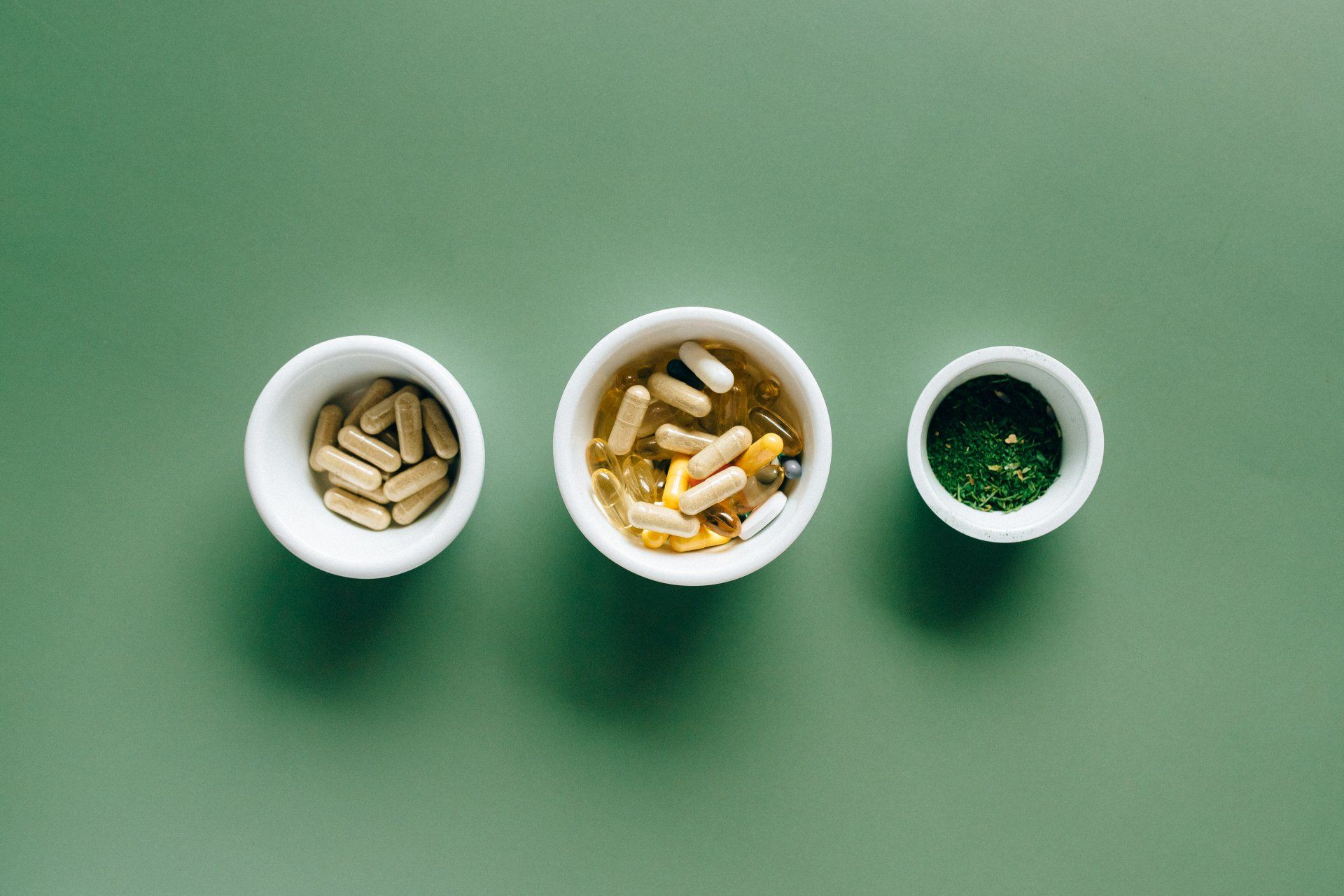The Science of Stress Recovery
The Science of Stress Recovery: How Healthcare Workers Can Protect Their Health
Introduction: Stress Is Built Into the Job
Working in healthcare means being immersed in stress every day. Whether it’s long shifts, emotionally intense situations, or the physical demands of clinical work, stress is part of the profession. For many nurses and clinicians, it’s not about if stress happens, but how to recover from it.
Research consistently shows that stress recovery is just as important as stress exposure. Without proper recovery, stress accumulates and contributes to fatigue, impaired decision-making, burnout, and even long-term health issues such as cardiovascular disease [1,2]. With the right strategies, however, healthcare workers can build resilience and sustain their ability to care for others without sacrificing their own well-being.
This article looks at the science of stress recovery and offers practical, evidence-based strategies tailored to those working in demanding clinical environments.
Why Recovery Matters in Healthcare
Recovery isn’t just about “rest.” Physiologically, it means giving the body and mind a chance to restore balance after stress activation. In healthcare work, the sympathetic nervous system (“fight or flight”) is often on high alert. Effective recovery reactivates the parasympathetic system (“rest and digest”), lowering heart rate, blood pressure, and muscle tension while improving digestion, sleep, and mood regulation [3].
For nurses and healthcare professionals, this is more than theory:
- Shift work disrupts natural circadian rhythms [4].
- Emotional stress from patient care increases mental load [5].
- Physical stress from long hours on one’s feet and patient handling strains the body [6].
When recovery is insufficient, performance drops, errors increase, and burnout risk rises [7]. Protecting recovery is therefore not a luxury — it’s a clinical necessity.
The Physiology of Stress and Recovery
To understand recovery, it helps to look briefly at the underlying physiology.
- Stress response (sympathetic activation): During high-pressure situations — like managing multiple patients or responding to emergencies — stress hormones (adrenaline, cortisol) surge. This prepares the body for action but comes at a cost if prolonged [8].
- Recovery response (parasympathetic activation): Once the stressor passes, recovery requires the body to switch gears. Heart rate variability (HRV) is one reliable measure of how effectively the nervous system shifts between stress and recovery states. Higher HRV generally indicates better resilience and recovery capacity [9].
- Chronic imbalance: If stress outpaces recovery for too long, the nervous system stays in a state of “hyperarousal,” leaving workers wired but exhausted — a hallmark of burnout [10].
The key is to actively support the recovery side of the equation, especially when stressors are built into the job.
Evidence-Based Recovery Strategies for Healthcare Workers
1. Breathing Techniques to Reset the Nervous System
Slow, deep breathing is one of the fastest ways to re-engage the parasympathetic system. Studies show that paced breathing at around 6 breaths per minute enhances HRV and improves stress resilience [11].
- Practical tip: Between tasks or during short breaks, take 2–3 minutes to focus on slow diaphragmatic breathing. Inhale through the nose for about 4–5 seconds, exhale gently for 5–6 seconds.
- Why it works: This pattern optimizes the balance between oxygen and carbon dioxide, stimulates the vagus nerve, and signals the body that it’s safe to relax [12].
Even a short breathing reset can improve focus and reduce physiological stress levels during a busy shift.
2. Micro-Recovery Breaks During Shifts
Many healthcare workers push through long shifts without adequate breaks. However, micro-recovery — even a few minutes — can have outsized benefits.
- Examples: stepping outside for fresh air, stretching in the break room, listening to calming music, or taking a mindful pause before charting.
- Science behind it: Short breaks reduce cumulative stress load, preventing the escalation of fatigue. Studies in occupational health show that even micro-breaks improve cognitive performance and reduce musculoskeletal strain [13].
Instead of waiting for long off-shift recovery, think of recovery as something you sprinkle into the workday.
3. Protecting Sleep in Shift Work
Sleep is the cornerstone of recovery, but shift work often disrupts circadian rhythms. Poor sleep quality compounds stress and increases risk for chronic disease [14].
Evidence-based tips:
- Keep your sleep environment dark, cool, and quiet (use blackout curtains or an eye mask).
- Follow a wind-down routine — even 20–30 minutes of reading, light stretching, or breathing exercises before bed can help.
- Avoid large meals and stimulants (like caffeine) within a few hours of sleep.
- Try to maintain consistent sleep and wake times when possible, even on days off.
Prioritizing sleep is not indulgent — it’s essential for clinical performance and patient safety.
4. Nutrition as a Stress Buffer
Stress depletes energy reserves, and in high-demand jobs, it’s easy to lean on quick fixes like sugar or caffeine. While these provide temporary relief, they can worsen energy crashes later.
Practical strategies:
- Carry healthy snacks (nuts, fruit, yogurt) to stabilize blood sugar during long shifts.
- Stay hydrated — even mild dehydration worsens fatigue and mood [15].
- Balance meals with protein, complex carbs, and healthy fats to support steady energy release.
Nutrition may not eliminate stress, but it strengthens the body’s resilience against it [16].
5. Movement and Posture Resets
Healthcare work often involves either prolonged standing or repetitive physical strain. Small posture resets can make a big difference.
- Stretching: A few minutes of neck rolls, shoulder stretches, or gentle spinal twists can relieve tension.
- Walking breaks: Short walks boost circulation, mood, and cognitive clarity [17].
- Posture awareness: Standing tall with open chest and relaxed shoulders helps breathing efficiency and reduces musculoskeletal strain [18].
These small resets counteract the physical stress of clinical work while also engaging recovery pathways.
6. Building Peer Support and Emotional Recovery
Stress is not just physical — emotional load is heavy in healthcare. Sharing experiences with colleagues, debriefing after difficult cases, or having peer support groups helps prevent stress from being internalized [19].
- Why it works: Emotional recovery reduces the risk of compassion fatigue and burnout. Research shows that social support is one of the strongest buffers against chronic stress [20].
- Practical approach: Take a few minutes post-shift to talk with a trusted colleague, or join structured peer support sessions where available.
Putting It All Together
Stress is inevitable in healthcare, but poor recovery doesn’t have to be. Think of recovery as a skill to be practiced, not just a passive process. The strategies above — breathing, micro-breaks, sleep hygiene, balanced nutrition, posture resets, and peer support — are all small but evidence-backed tools that add up.
Healthcare workers are trained to monitor patient vitals closely. Applying the same principle to your own body — noticing fatigue, mood, or HRV patterns — allows you to adjust before stress turns into burnout.
Conclusion: Protecting the Protector
As healthcare professionals, you are constantly giving to others. But without effective recovery, that generosity comes at the cost of your own health. By applying science-based recovery strategies, you not only protect yourself but also ensure you can keep delivering high-quality care for years to come.
Recovery is not optional. It is the foundation that allows healthcare workers to thrive in one of the most demanding, rewarding, and essential professions.
About the Author
Dr. Antti Rintanen, MD, MSc, is a Finnish doctor and the author of The Internet Doctor. With a background in both clinical medicine and engineering, he focuses on translating complex science into practical strategies for stress recovery, nervous system health, and sustainable performance in everyday life.
References
- Shanafelt TD, Noseworthy JH. Executive leadership and physician well-being: nine organizational strategies. Mayo Clin Proc. 2017;92(1):129–146.
https://pubmed.ncbi.nlm.nih.gov/27871627/
- McEwen BS. Protective and damaging effects of stress mediators. N Engl J Med. 1998;338(3):171–179.
https://pubmed.ncbi.nlm.nih.gov/9428819/
- Thayer JF, Lane RD. Claude Bernard and the heart–brain connection: further elaboration of a model of neurovisceral integration. Neurosci Biobehav Rev. 2009;33(2):81–88.
https://pubmed.ncbi.nlm.nih.gov/18771686/
- Kecklund G, Axelsson J. Health consequences of shift work and insufficient sleep. BMJ. 2016;355:i5210.
https://pubmed.ncbi.nlm.nih.gov/27803010/
- Alodhialah AM, Almutairi AA, Almutairi M. Exploring nurses’ emotional resilience and coping strategies in palliative and end-of-life care settings in Saudi Arabia: a qualitative study. Healthcare (Basel). 2024 Aug 19;12(16):1647. https://pubmed.ncbi.nlm.nih.gov/39201205/
Scott-Marshall HK, Tompa E, Foley M, Khokhar A, Mustard C, Amick BC. Safe limits on work hours for the nursing profession: a rapid review. Front Glob Womens Health. 2024;2:1455422. https://pubmed.ncbi.nlm.nih.gov/39544998/- Aiken LH, et al. Hospital nurse staffing and patient mortality, nurse burnout, and job dissatisfaction. JAMA. 2002;288(16):1987–1993.
https://pubmed.ncbi.nlm.nih.gov/12387650/
- Chrousos GP. Stress and disorders of the stress system. Nat Rev Endocrinol. 2009;5(7):374–381.
https://pubmed.ncbi.nlm.nih.gov/19488073/
- Shaffer F, Ginsberg JP. An overview of HRV metrics and norms. Front Public Health. 2017;5:258.
https://pubmed.ncbi.nlm.nih.gov/29034226/
- Maslach C, Leiter MP. Understanding the burnout experience: recent research and its implications. World Psychiatry. 2016;15(2):103–111.
https://pubmed.ncbi.nlm.nih.gov/27265691/
- Lehrer PM, et al. Heart rate variability biofeedback increases HRV and improves emotional well-being. Appl Psychophysiol Biofeedback. 2003;28(1):7–20.
https://pubmed.ncbi.nlm.nih.gov/32385728/
- Gerritsen RJ, Band GP. Breath of life: the respiratory vagal stimulation model of contemplative activity. Front Hum Neurosci. 2018;12:397.
https://pmc.ncbi.nlm.nih.gov/articles/PMC6189422/
- Tucker P, Folkard S, Macdonald I. Rest breaks and accident risk. Lancet. 2003;361(9358):680.
https://pubmed.ncbi.nlm.nih.gov/12606184/
- Flo E, et al. Shift work disorder in nurses—assessment, prevalence and related health problems. PLoS One. 2012;7(4):e33981.
https://pubmed.ncbi.nlm.nih.gov/22485153/
- Ganio MS, et al. Mild dehydration impairs cognitive performance and mood of men. Br J Nutr. 2011;106(10):1535–1543.
https://pubmed.ncbi.nlm.nih.gov/21736786/
- Torres SJ, Nowson CA. Relationship between stress, eating behavior, and obesity. Nutrition. 2007;23(11-12):887–894.
https://pubmed.ncbi.nlm.nih.gov/17869482/
- Nath A, Schimmelpfennig S, Konradt U. Effects of Office-Yoga and Walking at the Workplace to Improve Health and Wellbeing: A Longitudinal Randomized Controlled Trial. Occupational Health Science. 2024;8:679–709.
https://link.springer.com/s41542-024-00194-y
- Peper E, Lin IM. Increase or decrease depression: how body postures influence your energy level. Biofeedback. 2012;40(3):125–130.
https://www.ovid.com/10.5298/
- Rushton CH, Batcheller J, Schroeder K, Donohue P. Burnout and resilience among nurses Practicing in High-Intensity Settings. Am J Crit Care. 2015;24(5):412–420. https://www.researchgate.net/281517751
Uchino BN. Social support and health: a review of physiological processes potentially underlying links to disease outcomes. J Behav Med. 2006;29(4):377–387. https://pubmed.ncbi.nlm.nih.gov/16758315/
Thank you for reading Patient Education Essentials, the Write Shift RN blog.
Disclaimer: This article was written as a guest post for Write Shift RN LLC's blog. The information in it may not be wholly fact-checked or edited, allowing the reader to see the writer's work and skills firsthand. This information is not intended as medical advice. It is for informational and educational purposes only. Always talk to your doctor or other qualified healthcare providers about any questions or concerns you may have regarding medical conditions.











